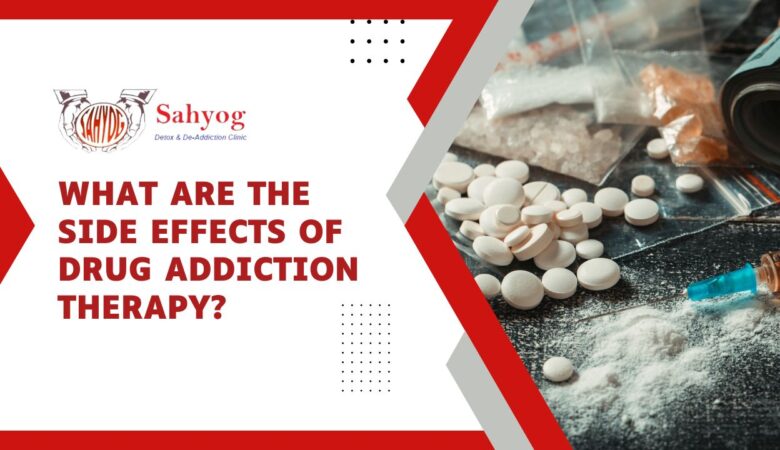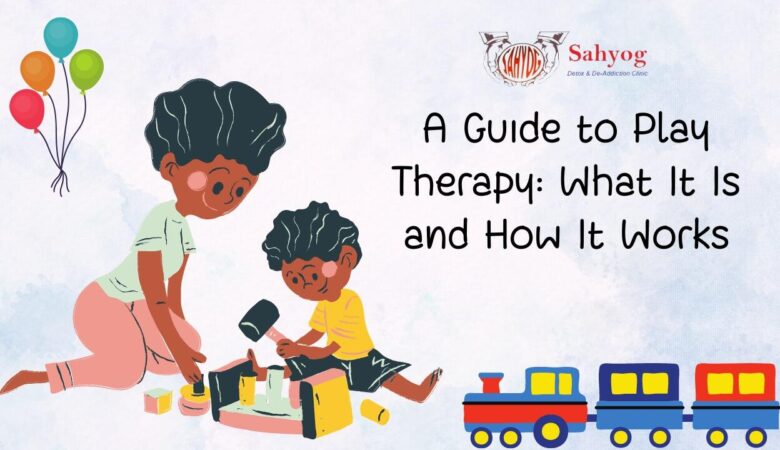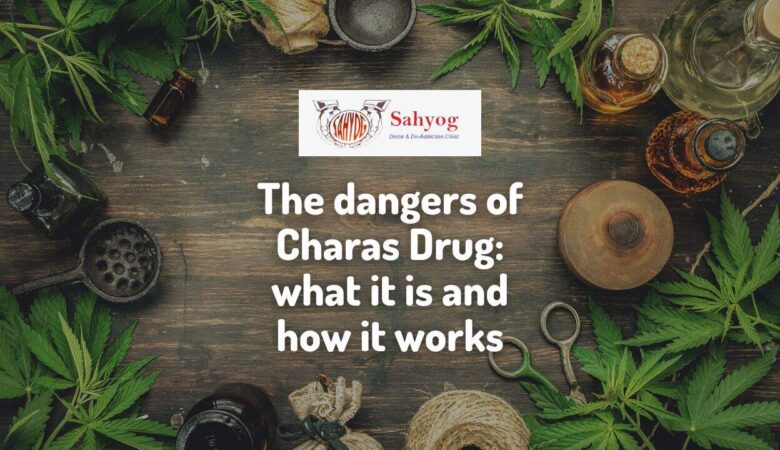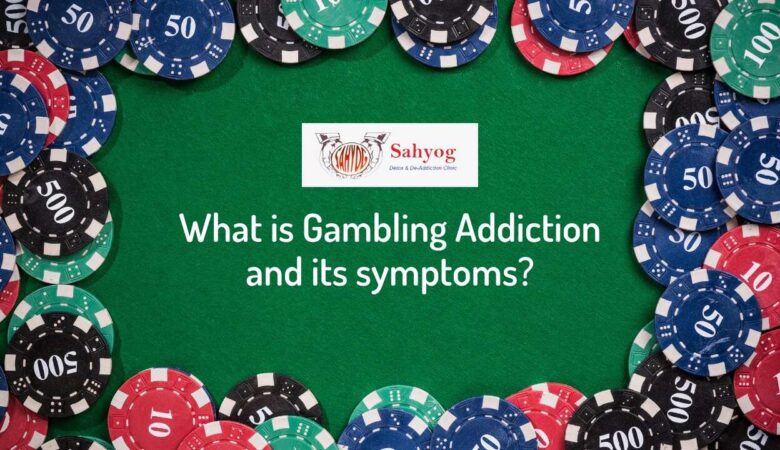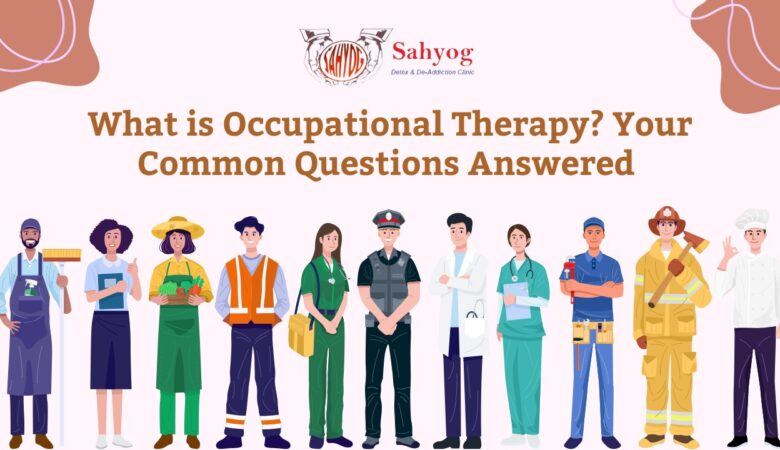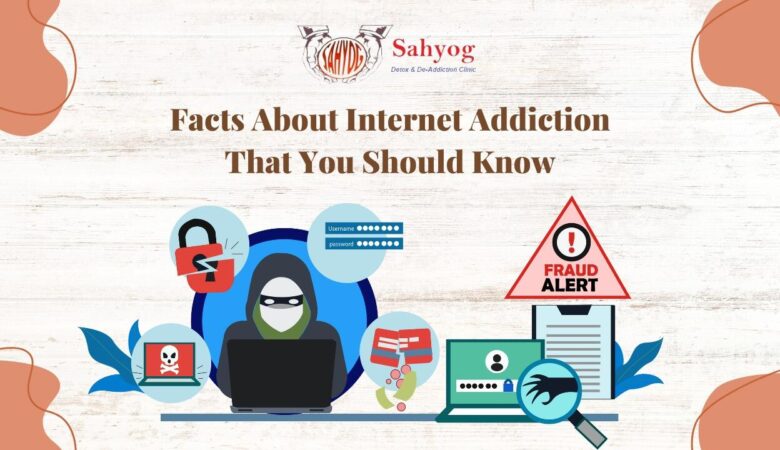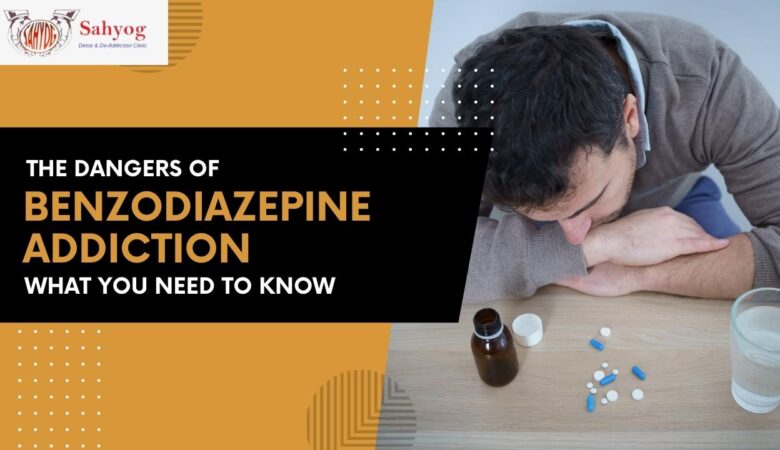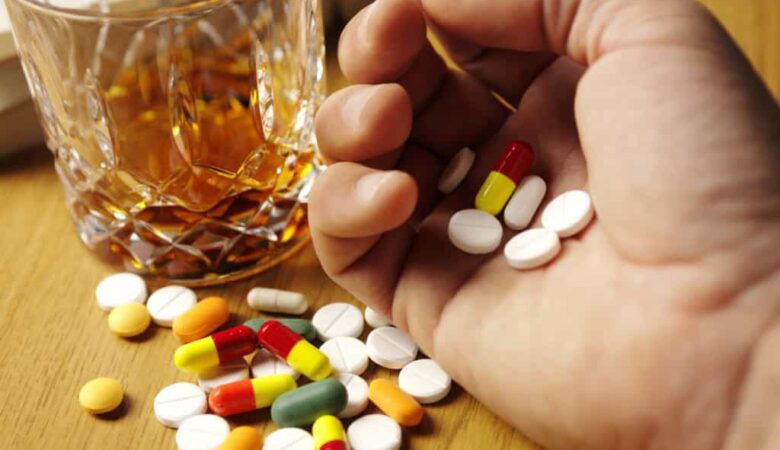Mind-Body Connection: Effects of Negative Thinking
Introduction to the Mind-Body Connection Have you ever stopped to consider how your thoughts and emotions can influence your physical well-being? The mind-body connection is a fascinating phenomenon that reveals just how interconnected our mental and physical states truly are. From the impact of negative thinking on our mental health to the tangible effects it can have on our bodies, understanding this powerful relationship is essential for leading a happy, healthy life. In today’s fast-paced world, where stress seems to lurk around every corner, it’s crucial to recognize the detrimental effects that negative thinking can have on both our minds and bodies. By shedding light on this topic, we hope to empower you with knowledge and tools to break free from the cycle of negativity and cultivate a positive outlook towards life. So grab a cup of tea (or coffee!) as we delve deeper into exploring the effects of negative thinking on our body – because taking care of ourselves means nurturing both mind and body alike! The Impact of Negative Thinking on Mental Health Our thoughts have a profound impact on our mental health. When negative thinking becomes a dominant pattern, it can lead to a range of mental health issues. Constantly dwelling on negative thoughts and emotions can contribute to feelings of anxiety, depression, and low self-esteem. Negative thinking patterns often involve distorted or irrational thoughts that magnify problems and minimize successes. These thought patterns can create a vicious cycle, where negative thoughts fuel negative emotions, which in turn reinforce the negative thinking. Over time, this constant negativity can take a toll on our overall well-being. It drains our energy and makes it difficult to find joy in life’s simple pleasures. Negative thinking also hampers our ability to cope with stress effectively. Moreover, when we consistently engage in negative self-talk or focus excessively on the negatives in life, it becomes challenging to maintain healthy relationships. Our pessimistic mindset may push away loved ones who are seeking positivity and support. To break free from the grip of negative thinking, it is essential to challenge these automatic thoughts and replace them with more positive ones. This process requires practicing mindfulness and developing self-awareness about the content of our thoughts. Engaging in activities that promote relaxation and stress reduction can also be beneficial for combating negative thought patterns. Techniques such as deep breathing exercises or meditation help quieten the mind and cultivate inner peace. Seeking professional help through therapy or counseling is another valuable resource for addressing negative thought patterns at their root cause. A trained therapist can guide individuals towards healthier ways of perceiving themselves and their circumstances. By taking steps towards cultivating a positive mindset, we begin rewiring our brain’s natural inclination towards negativity. Over time, this shift allows us to experience improved mental well-being – greater resilience in times of adversity and increased overall happiness. Remember that your mental health matters just as much as your physical health! Taking care of both aspects will ensure you live your best possible life. Physical Effects of Negative Thinking on the Body Negative thinking can have a significant impact on our mental well-being, but it may surprise you to learn that it can also affect our physical health. Our thoughts and emotions are closely connected to our bodies, and when negative thoughts persist, they can manifest in various physical symptoms. One of the most common physical effects of negative thinking is increased muscle tension. When we constantly worry or feel stressed, our muscles tense up as a natural reaction. This tension can lead to headaches, back pain, and even digestive issues. Additionally, negative thinking has been linked to weakened immune function. Studies have shown that individuals who engage in pessimistic thinking are more susceptible to illnesses and infections compared to those with a positive mindset. This highlights the importance of maintaining a healthy mental state for overall well-being. Furthermore, chronic negativity has been associated with higher levels of inflammation in the body. Inflammation plays a role in many health conditions such as heart disease and autoimmune disorders. By fostering negative thoughts regularly, we unknowingly contribute to this inflammatory response within ourselves. Another physical effect of negative thinking is disrupted sleep patterns. When we ruminate on stressful or worrisome thoughts before bed, it becomes difficult for us to relax and fall asleep peacefully. Lack of quality sleep not only leaves us feeling fatigued but also negatively impacts our cognitive functions during the day. The Role of Stress in Negative Thinking Stress is an inevitable part of life, and it can have a significant impact on our mental well-being. When we experience stress, our body goes into fight-or-flight mode, releasing hormones like cortisol that prepare us for potential dangers. However, prolonged or chronic stress can take a toll on both our mind and body. One way that stress affects us is by fueling negative thinking patterns. When we’re stressed, our minds tend to focus on worst-case scenarios and ruminate over past failures or future uncertainties. This constant barrage of negative thoughts can create a vicious cycle, further exacerbating feelings of anxiety and worry. Moreover, stress also affects the brain’s ability to think rationally and make sound judgments. It impairs cognitive function, making it harder to find solutions or see things from a different perspective. This leaves us trapped in a loop of negative thinking without any clear way out. Additionally, elevated levels of stress hormones can wreak havoc on the body. They contribute to physical symptoms such as headaches, muscle tension, digestive issues, weakened immune system response – all stemming from the mind-body connection. To break free from this cycle of negative thinking fueled by stress: 1) Practice mindfulness: Focus your attention on the present moment rather than worrying about the past or future. 2) Engage in relaxation techniques: Deep breathing exercises and progressive muscle relaxation can help alleviate both mental and physical tension. 3) Challenge negative thoughts: Question their validity and replace them with more positive or realistic alternatives. 4) Seek

